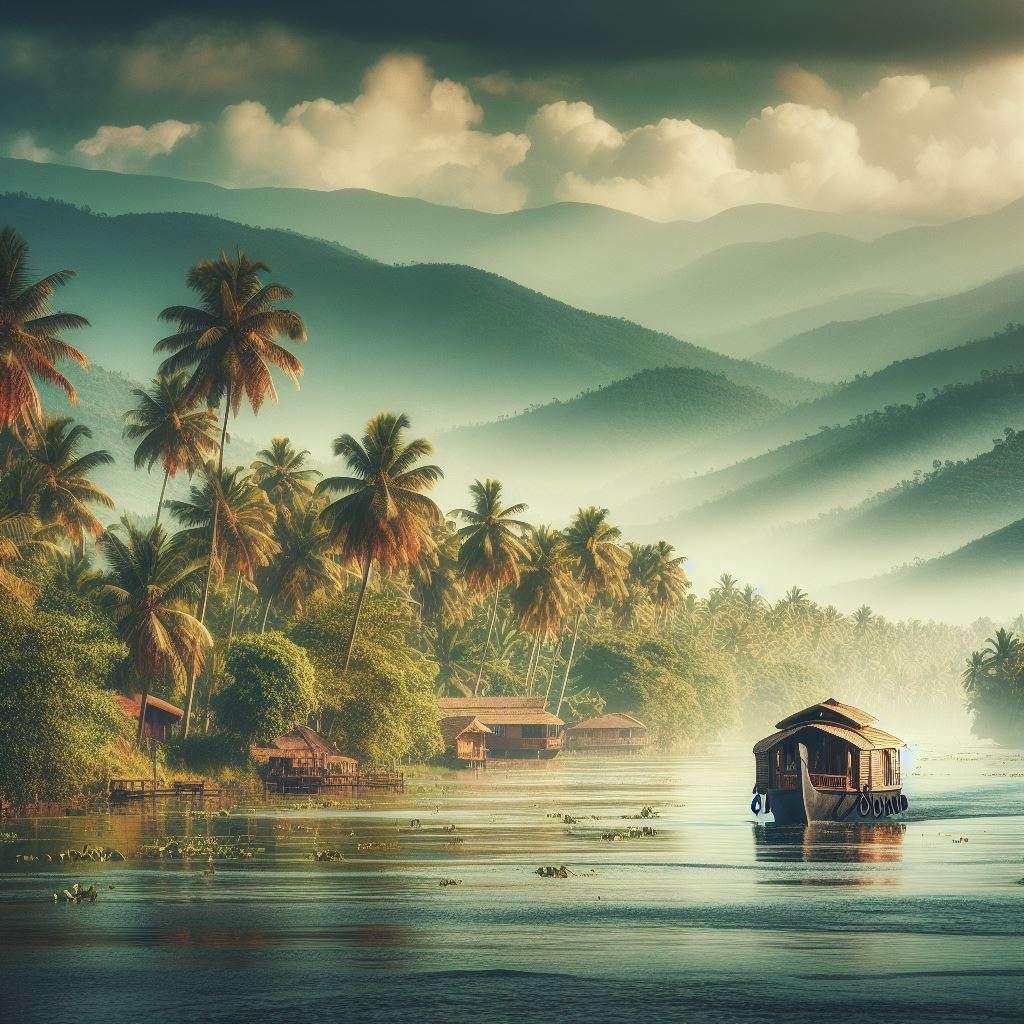Kanyakumari beach

Kanyakumari is a coastal town located in the southernmost part of India, at the confluence of the Arabian Sea, Bay of Bengal, and the Indian Ocean. It is situated in the state of Tamil Nadu and is known for its natural beauty, religious significance, and historical importance.
Geographically, Kanyakumari is located at the southern tip of the Indian subcontinent and is bordered by the Arabian Sea to the west, the Bay of Bengal to the east, and the Indian Ocean to the south. The town is known for its beautiful coastline, with several beaches and rocky cliffs overlooking the sea.
The climate of Kanyakumari is tropical, with hot and humid summers and mild winters. The monsoon season, which lasts from June to September, brings heavy rainfall to the region
Kanyakumari has a population of about 22,000 people, with a sex ratio of 1,018 females for every 1,000 males. The town is known for its diverse population, with people from various religions and cultures living together in harmony.
The main attractions of Kanyakumari include the Vivekananda Rock Memorial, Thiruvalluvar Statue, Kanyakumari Beach, Padmanabhapuram Palace, and the Gandhi Memorial. These attractions draw thousands of tourists every year, making Kanyakumari a popular destination for both domestic and international travelers.
Kanyakumari is also known for its religious significance, with several temples, churches, and mosques located in the town. The Kanyakumari Temple, dedicated to the goddess Kanyakumari, is a popular pilgrimage site for Hindus. The town is also known for the Vivekananda Rock Memorial, which is dedicated to the Indian philosopher and spiritual leader Swami Vivekananda.
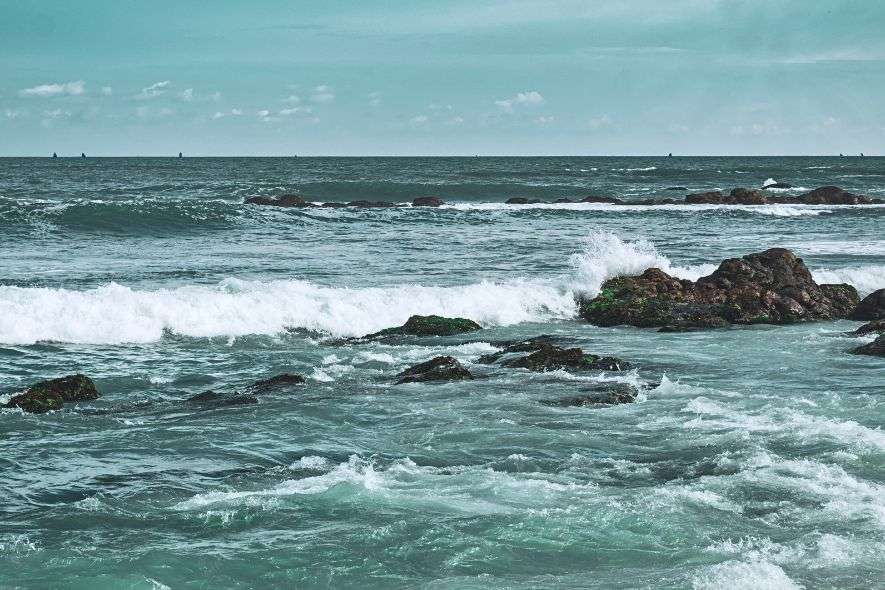
Kanyakumari has a rich history, with evidence of human settlements dating back to ancient times. The town has been ruled by various dynasties over the centuries, including the Cholas, Pandya’s, and the British. It was also an important center of trade and commerce during ancient times, with traders from various parts of the world visiting the town for business.
To reach Kanyakumari, one can take a flight to the Trivandrum International Airport, which is located about 90 kilometers from the town. The town is also well-connected by road and rail, with several buses and trains connecting it to major cities in South India.
Overall, Kanyakumari is a unique and fascinating destination, known for its natural beauty, religious significance, and historical importance. It is a must-visit destination for travelers seeking a unique and diverse experience in South India.
Kanyakumari Temple
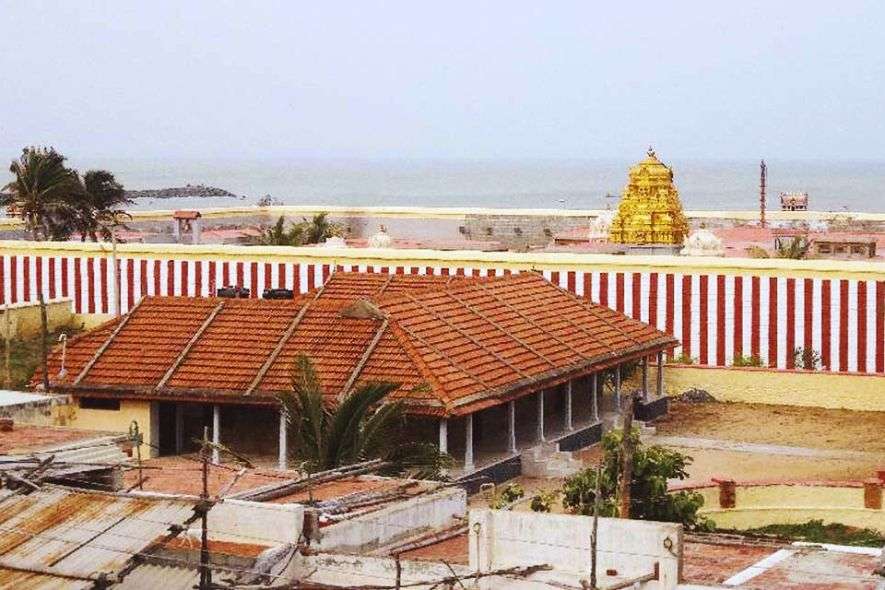
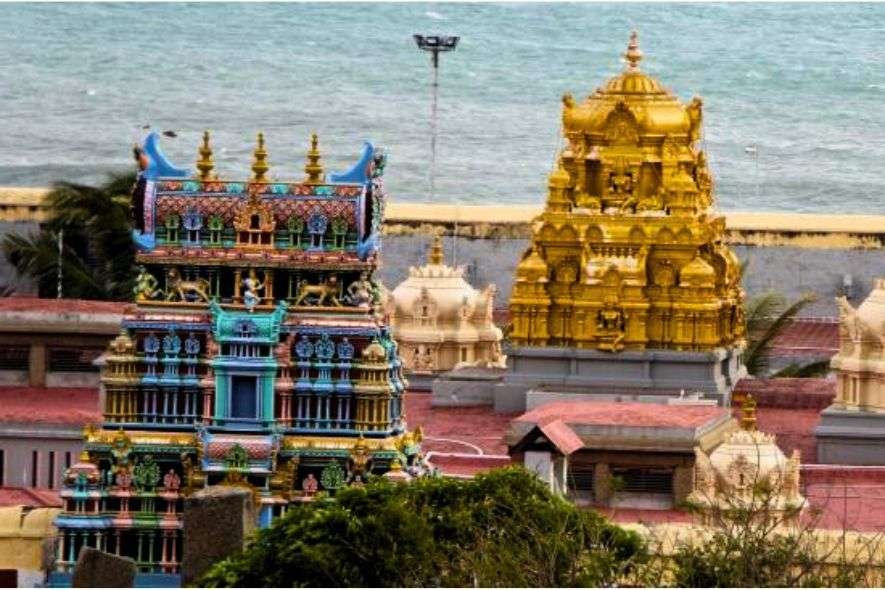
The Kanyakumari Temple, also known as the Kumari Amman Temple, is a popular Hindu temple located in Kanyakumari, Tamil Nadu, India. It is dedicated to the goddess Kanyakumari, who is believed to be an incarnation of the Hindu goddess Parvati.
The temple is located near the shore of the Arabian Sea and is considered to be one of the 108 Shakti Peethas, or holy shrines of the goddess Shakti, in Hindu mythology. The deity of the temple is believed to be a virgin goddess, and the temple is known for its unique rituals and customs.
The temple complex consists of several shrines, including the main sanctum sanctorum, where the idol of the goddess Kanyakumari is kept. The idol is depicted as a young girl holding a rosary in her right hand and a conch shell in her left hand. The temple also has shrines dedicated to other deities, including Lord Shiva and Lord Vishnu.
One of the unique features of the temple is the diamond nose ring worn by the idol of the goddess Kanyakumari. According to local legends, the nose ring is made of pure diamond and is said to be the reason for the bright light that emanates from the temple at night.
The temple is also known for its festivals and celebrations, including the Navaratri festival, which is celebrated with great pomp and show. During this festival, the temple is decorated with flowers and lights, and devotees from all over the country come to offer their prayers and seek blessings from the goddess.
Overall, the Kanyakumari Temple is an important pilgrimage site for Hindus and a must-visit destination for travelers seeking to experience the rich cultural and religious heritage of South India.
The Vivekananda Rock Memorial
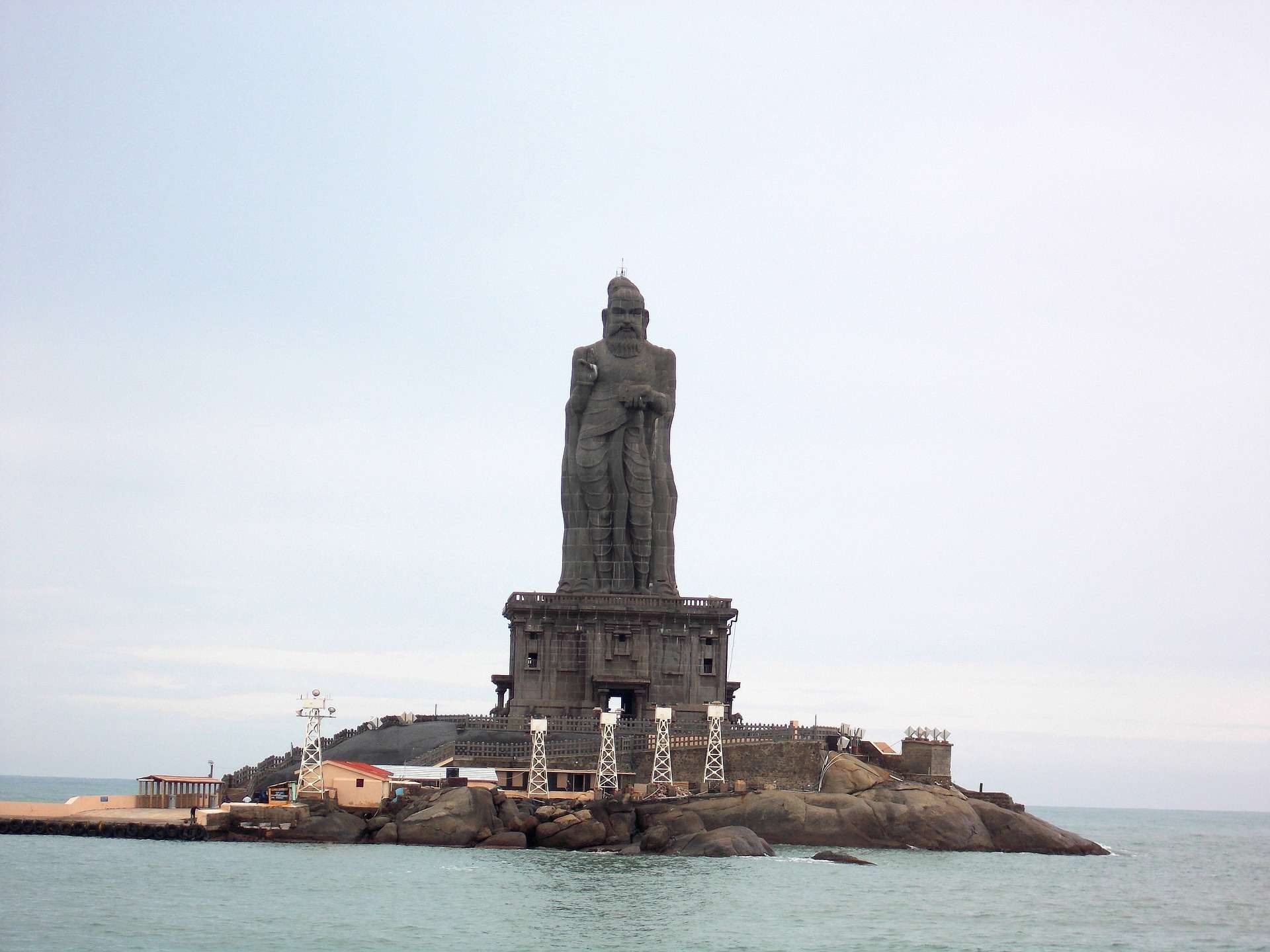
The Vivekananda Rock Memorial is a popular tourist attraction located on a small island off the coast of Kanyakumari in Tamil Nadu, India. The memorial is dedicated to the great Indian philosopher and spiritual leader, Swami Vivekananda, who is known for his teachings on Vedanta and Yoga.
The memorial was constructed in the year 1970, and it is situated on a rocky island called Vivekananda Rock. The rock is believed to be a sacred spot where Swami Vivekananda meditated during his visit to Kanyakumari in 1892. The memorial was built to commemorate his teachings and contributions to Indian philosophy and spirituality.

The memorial is designed in a unique architectural style, combining elements of both Indian and Western styles of architecture. It consists of two main structures – the Vivekananda Mandapam and the Shripada Mandapam. The Vivekananda Mandapam is a meditation hall, where visitors can sit and meditate while enjoying the scenic beauty of the ocean. The Shripada Mandapam houses a statue of the goddess Shripada, who is believed to have appeared in Swami Vivekananda’s dream.
The statue of Tiruvalluvar stands at a height of 133 feet and is one of the tallest statues in India. It was inaugurated in 2000 to honor the legacy of Tiruvalluvar, who is considered one of the greatest poets and philosophers in Tamil literature. The statue depicts Tiruvalluvar holding a copy of his work, the Thirukkural, which is a collection of 1,330 couplets on ethics and morality.
The Vivekananda Rock Memorial itself is dedicated to the teachings of Swami Vivekananda, and while it does feature a statue of him, it is not as tall as the statue of Tiruvalluvar. The statue of Swami Vivekananda is located inside the Vivekananda Mandapam, which is a meditation hall on the memorial.
Visitors to the Vivekananda Rock Memorial can take a ferry from the mainland to the island. The memorial is open from 7 am to 5 pm every day, and there is a small entry fee. The best time to visit is during sunrise or sunset, when the beauty of the surrounding sea is at its best.
The Vivekananda Rock Memorial is an important destination for spiritual seekers and anyone interested in Indian philosophy and culture. It is a testament to the enduring legacy of Swami Vivekananda and his teachings, which continue to inspire and guide people around the world.
Sunrises and sunsets in Kanyakumari

Kanyakumari is famous for its stunning sunrises and sunsets, which can be viewed from various locations around the town.
Sunrise in Kanyakumari is a must-see experience for visitors, as it is said to be one of the most beautiful in India. The sunrise can be viewed from the eastern side of the town, near the Vivekananda Rock Memorial. Visitors can take a ferry to the memorial early in the morning and watch the sunrise from the memorial, which offers an uninterrupted view of the horizon. Alternatively, visitors can also watch the sunrise from the shore, where there are several viewing points set up specifically for this purpose.
Visitors can, however, watch the sunset from the nearby Sunset Point, which is located on the western side of the town, near the Thiruvalluvar Statue. Sunset Point is a popular spot for tourists to gather and watch the sunset over the Arabian Sea. The view from Sunset Point is equally breathtaking, and offers an uninterrupted view of the horizon.

In addition to Sunset Point, there are several other locations in Kanyakumari where visitors can watch the sunset, including the Vivekananda Rock Memorial, the Kanyakumari Beach, and the Bhagavathy Amman Temple. The best location for sunset viewing may depend on the time of year and weather conditions.
It is important to note that during peak tourist season, Sunset Point and other sunset viewing locations can become crowded, so it is advisable to arrive early to secure a good viewing spot.
The best time to visit Kanyakumari for sunrise and sunset viewing is between October and March, as the weather is pleasant and there is less chance of rain. However, it is important to check the weather forecast before planning a sunrise or sunset view, as cloudy or rainy weather can obstruct the view.
Vattakottai

Vattakottai is a historic seaside fort located in the town of Kanyakumari in Tamil Nadu, India. The fort is situated about 6 km from Kanyakumari and is one of the major tourist attractions in the region.
The fort was built in the 18th century by the Travancore kingdom as a coastal defense structure. The name “Vattakottai” literally means “circular fort” in Tamil, and the fort’s circular shape is one of its distinctive features. The fort is situated on a rocky promontory that juts out into the Arabian Sea and offers stunning views of the sea and the surrounding landscape.
Visitors to Vattakottai can explore the fort’s ramparts, bastions, and watchtowers, and enjoy panoramic views of the sea and the coastline. The fort is also surrounded by a beautiful garden, where visitors can relax and enjoy the scenery. The fort’s proximity to the sea makes it a popular spot for watching the sunset and taking in the scenic beauty of the coastline.
In addition to its historical and cultural significance, Vattakottai is also an important ecological hotspot in the region. The fort is surrounded by a dense thicket of trees and shrubs, which are home to a variety of bird species and other wildlife.
To reach Vattakottai, visitors can hire a taxi or take a bus from Kanyakumari town. The fort is open to visitors from sunrise to sunset, and there is a small entrance fee. The best time to visit Vattakottai is between October and March, when the weather is pleasant and there is less chance of rain.
Padmanabhapuram Palace Museum
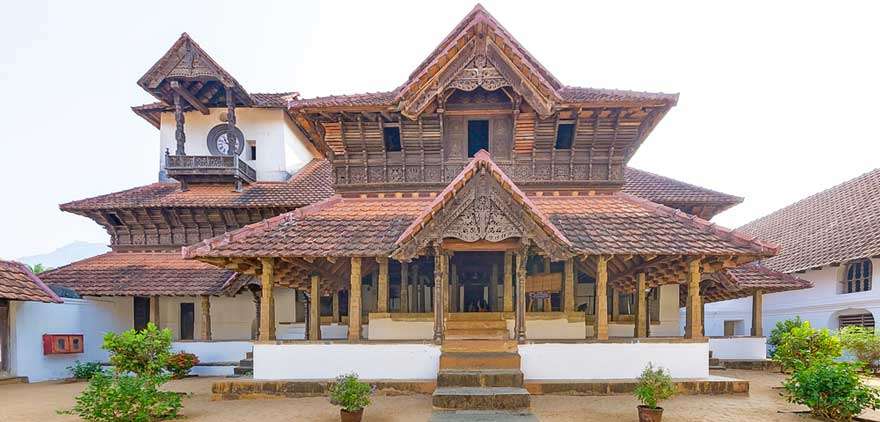
Padmanabhapuram Palace Museum is a historical palace located in the town of Padmanabhapuram, about 20 km from Kanyakumari in the southern Indian state of Tamil Nadu. The palace was the residence of the rulers of the erstwhile kingdom of Travancore and is known for its exquisite architecture, intricate carvings, and beautiful mural paintings.
Built in the 16th century, the palace is a fine example of traditional Kerala architecture, featuring sloping roofs, wooden pillars, and intricate carvings on doors and windows. The palace is also famous for its collection of antique furniture, including the famous Thaikkottaram, or Queen Mother’s Palace, which has a 300-year-old rosewood cot, musical bow, and Chinese jars.
The palace complex also houses a museum, which showcases a rich collection of artifacts, including weapons, armor, traditional handicrafts, and other items of historical significance. The museum also displays a wide range of traditional Kerala costumes and jewelry, giving visitors a glimpse into the rich cultural heritage of the region.
One of the main highlights of the Padmanabhapuram Palace Museum is the beautiful mural paintings, which adorn the walls of many of the palace’s rooms. These paintings depict scenes from Hindu mythology, including stories from the Ramayana and the Mahabharata, and are a testament to the exquisite artistic skills of the artists of that era
The palace is open to visitors every day, except Mondays and national holidays, from 9:00 am to 5:00 pm. There is a nominal entrance fee to enter the palace and the museum, and guided tours are also available. The best time to visit the Padmanabhapuram Palace Museum is between October and March, when the weather is pleasant and there is less chance of rain.

